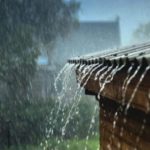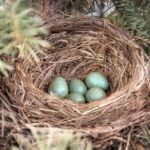Birds have a skillful nest-building technique, using their tiny beaks to create a beautiful and sturdy structure. But have you ever wondered why bird nests are usually pointing upwards and what happens when it rains or storms?
Why do bird nests usually point upwards?
Every species has its own habits and survival techniques, and birds are no exception. The habit of building nests on trees and pointing upwards comes from the following reasons.
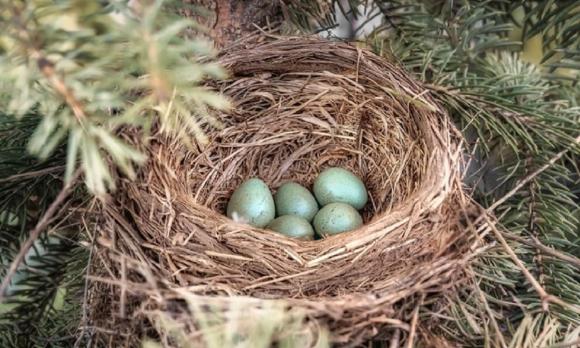
Why do bird nests usually point upwards?
Protecting the nest from rainwater
It may seem illogical, but the fact that bird nests remain intact regardless of harsh weather conditions is evidence of their intelligence.
The design of upward-facing bird nests can help avoid water absorption, a common weather complication they often face. This design allows rainwater to flow out quickly and conveniently, allowing the nest to dry quickly by capturing more sunlight and wind after the rain. As a result, the birds in the nest, especially the young ones, are less affected by dampness in the shortest possible time, and the nest becomes more durable as it avoids being submerged for long periods.
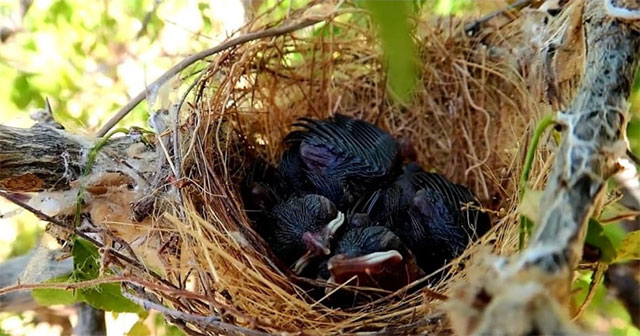
Protecting the nest from rainwater
Avoiding predators
Avoiding predators is also one of the reasons why bird nests usually point upwards. Birds have many natural enemies, such as squirrels, foxes, and cats. The upward-facing entrance helps hide the birds inside the nest from the searching eyes below, making them safer.
Additionally, when predators spot a bird nest, they often inspect its surface first. It’s difficult for the animal below to determine the exact position and entryway of the bird nest. That’s why bird nests usually point upwards.
How do birds cope with rain and wind?
In addition to the upward-facing design that allows water to quickly drain and dry, birds have various ways to cope with unexpected rains.
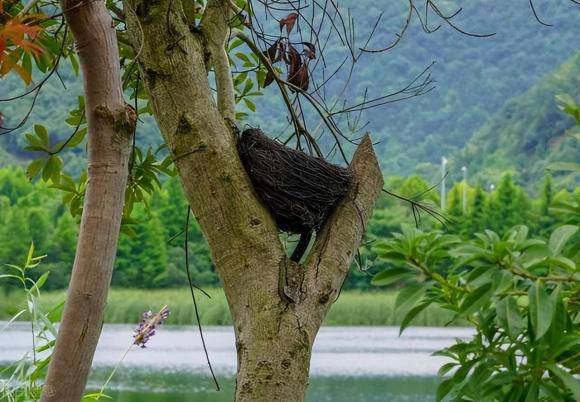
How do birds cope with rain and wind?
Birds are highly sensitive to weather changes, so they can act promptly to protect their nest and themselves during heavy rain or storms. Some species use dry leaves or feathers to cover the nest and avoid rain, while others choose to relocate the nest to a sheltered spot.
By singing, many bird species communicate weather information and alert their kind to seek shelter before heavy rain or a storm arrives.
The feathers also serve as protection against rain. Bird feathers are often water-repellent, allowing water to slide off without seeping into the skin. The characteristics of feathers also help keep their bodies warm in rainy and cold weather.
Some bird species use the unique structure of their beaks to smooth and groom their feathers, ensuring that rainwater is not retained on their bodies.
To avoid rain, some bird species choose nest locations in large tree branches, protruding parts of rocks, or tree cavities.
Using Rainwater Harvesting Systems Safely and Effectively: Guidelines
 Rainwater Harvesting Systems Safely and Effectively: Guidelines’>
Rainwater Harvesting Systems Safely and Effectively: Guidelines’>New research reveals that rainwater collected from rural areas needs to be adequately treated in order to be safely used for daily activities. This article will provide guidance on how to properly treat and use this vital resource.



